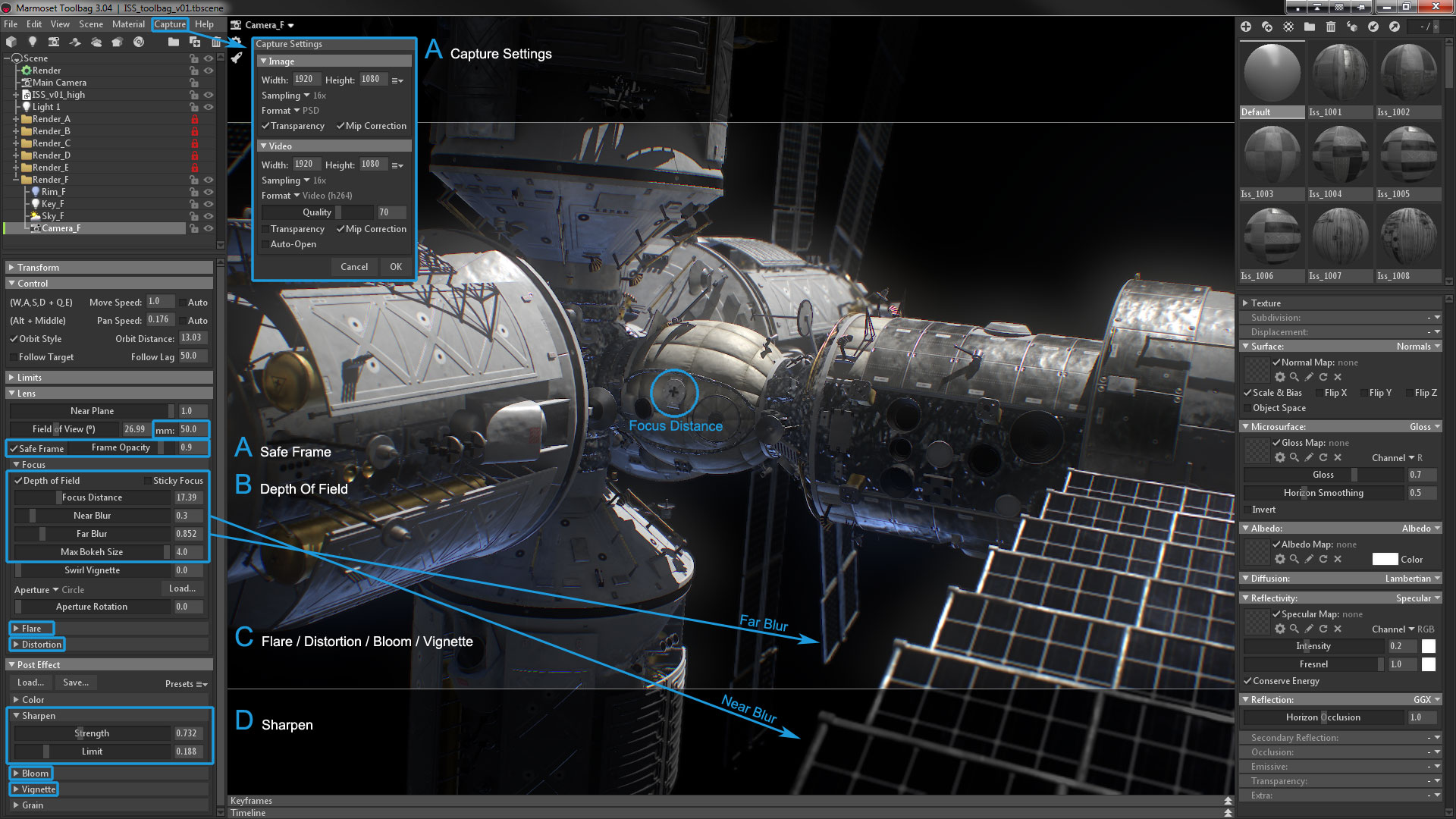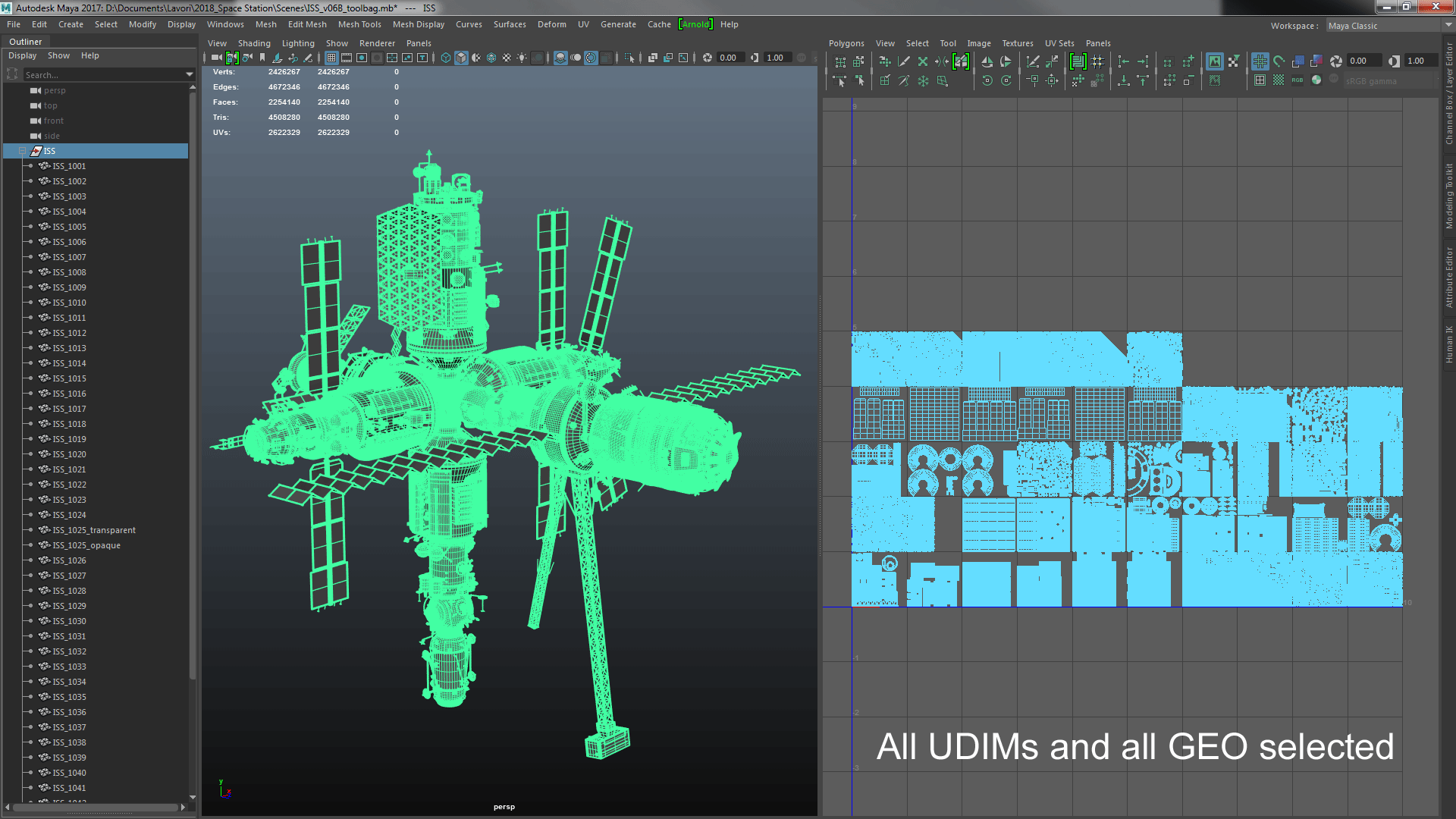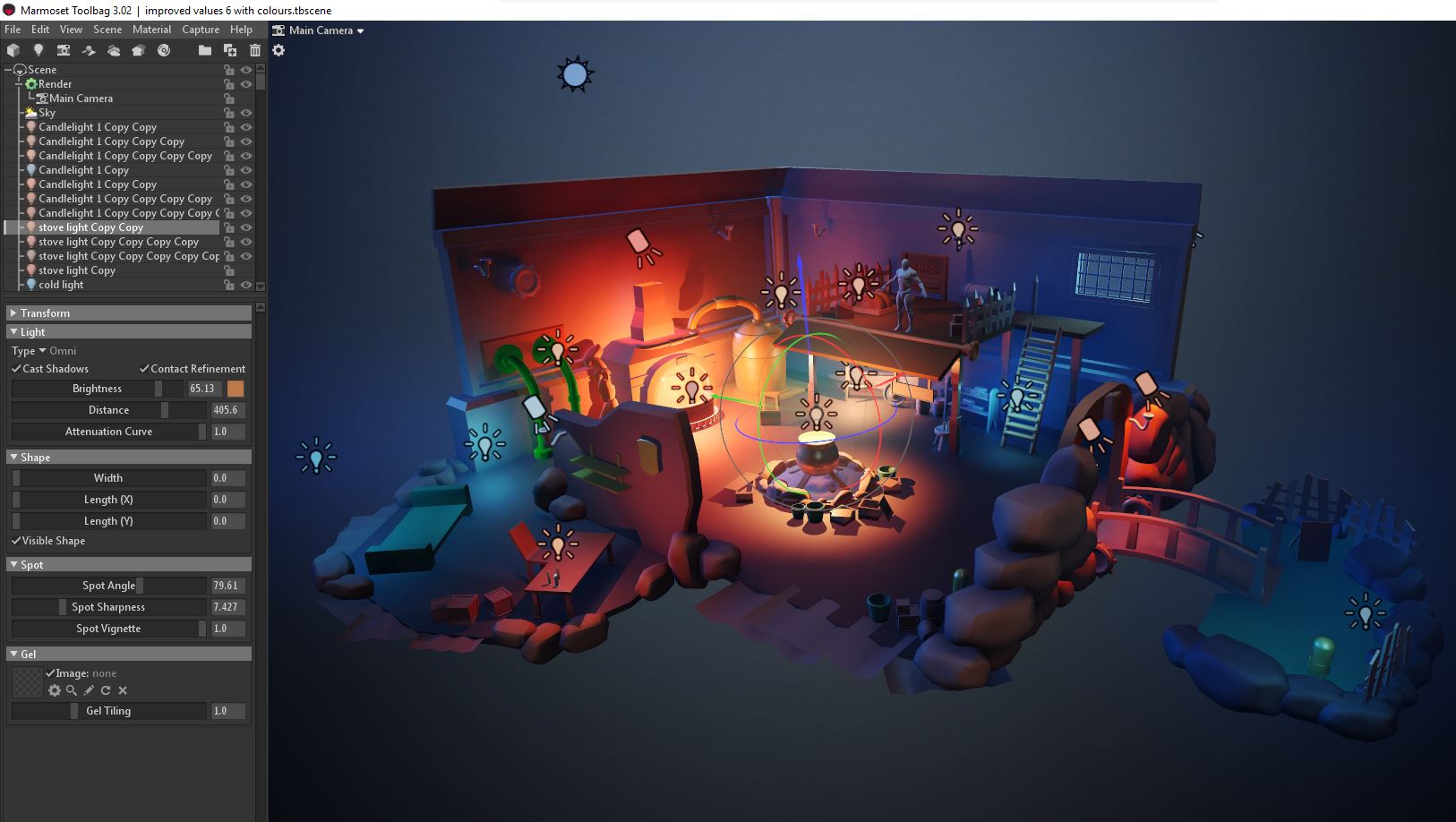

Instead, I replaced it with a wood texture I found on and created a grayscale version for masking purposes. There were too many layers and masks to change if I wanted to tweak something. Initially, the base color of the material was a mix of grunge maps and masks. It needed to be punchy and read well under the varnish. The most important map here was the albedo. The floor, roof and interior sections were less exaggerated. The raw wood was built with the varnish in mind, meaning that some features were exaggerated to emphasize the burnt wood grain once it was under a layer of coating. (Image captured from Substance Painter viewport.) With the exception of the unvarnished roof and floor, all the pieces share almost the same base procedural raw wood material. Using tri-planar projection here would have killed any realism.


Some complex pieces of church furniture can be composed of more than 300 wood pieces glued together. Last but not least, to achieve realism, the wood grain has to be offset and go in multiple directions. The infamous “Something is wrong, but I can’t put my finger on it.” These are the types of things our brain is used to seeing in such places, and it’s really good at spotting something that looks fake. Some areas don’t have the same thickness of varnish, some are polished, while others are wearing off. So how is it done? The type of wooden furniture often found in churches can be very old. To make the whole piece convincing, I knew that the wood needed to be the star of the show. Initially, the project was meant as a practice piece for ornate modeling and realistic rendering. In this article, I’ll be giving an in-depth explanation of how I created the wood material and lighting for my Gothic Confessional scene using Marmoset Toolbag 3. Hi everybody, my name is Walid Kaskhoussi Perrussel and I’m a self taught 3D artist.


 0 kommentar(er)
0 kommentar(er)
